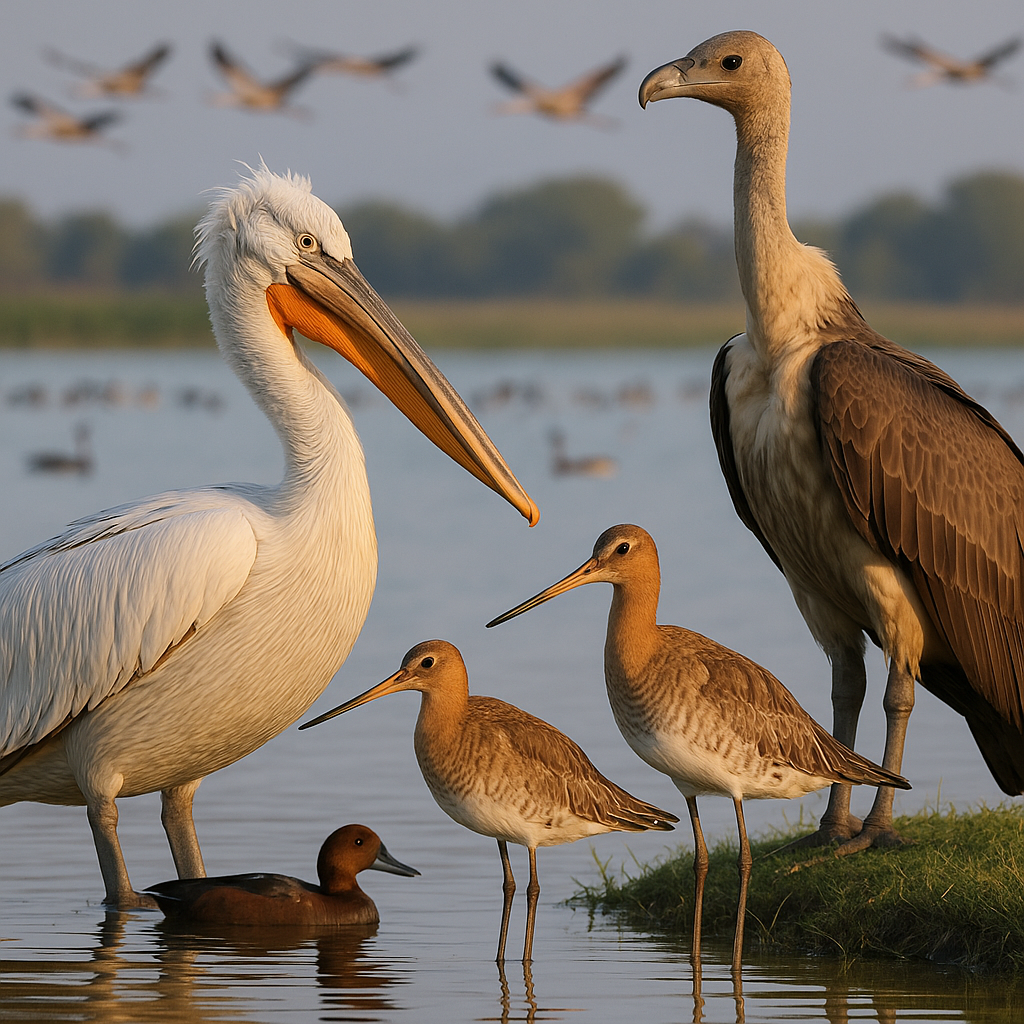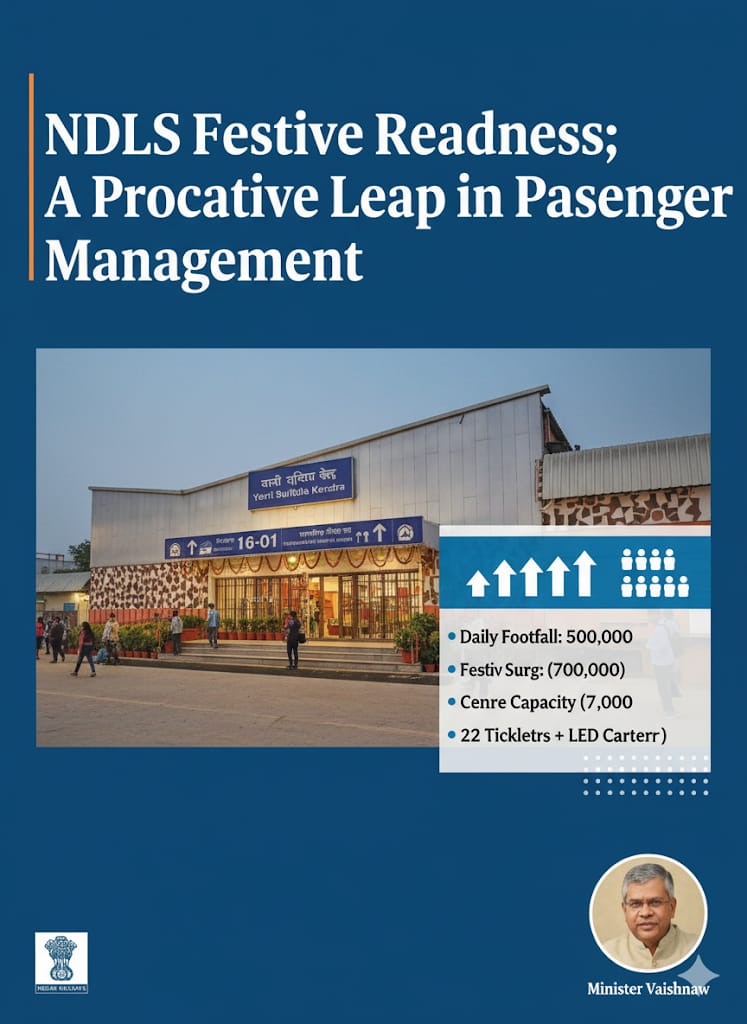
In Rajasthan, where dry winds often scatter the last trace of green, a small village has quietly redefined the meaning of conservation. Menar, about 50 km from Udaipur, lacks palace hotels, painted elephants, or curated cultural shows. Yet it offers something far rarer: a thriving, grassroots bird sanctuary, home to nearly 200 avian species, many of them endangered.
A Wetland Wonderland
Menar’s heart beats in two wetlands, the expansive Brahma and the shallow Dhandh. These water bodies, fed by rain and village overflow ponds, are no less than ecological jewels. Come winter, their calm surfaces mirror the feathers of Dalmatian pelicans, ferruginous ducks, black-tailed godwits, and long-billed vultures, all of whom seek refuge here.
The Bombay Natural History Society, alongside Rajasthan’s Forest department, has identified the Menar Wetland Complex as a vital node in the Central Asian Flyway, a migration corridor stretching from Siberia to the Indian subcontinent. But this wasn’t the work of biologists alone. It was the villagers, the Menarians, who turned birdwatching into local duty and conservation into everyday life.
Guardians Without Uniforms
What sets Menar apart is not just the species count, but the people. Menar’s residents have become the wetland’s most vigilant stewards. Once dependent on these waters for cattle and crops, the villagers now speak of the birds as kin.
“When we look at birds here, we don’t just see creatures of the wild. We see neighbors,” says Shankar Lal Menariya, a former sarpanch.
There’s no formal patrolling, no NGO-funded eco-tourism projects, no walls. Just a shared ethic: no hunting, no fishing, no pollution. Violating this unwritten pact brings not just legal trouble but also social backlash, a powerful deterrent in close-knit rural India.
Culture Meets Conservation
Walk through Menar, and you’ll find birds etched into temple walls, painted on homes, and fluttering through school curriculums. Bird names roll off the tongues of children, farmers, and shopkeepers alike.
Evening tea often comes with a casual checklist of recent sightings, storks, spoonbills, or perhaps a rare falcon. Local teacher Darshan Menariya maintains an informal but widely referenced bird record that’s now consulted by professional researchers.
When Progress Threatens Peace
However, all is not tranquil. A recent proposal to build a 765 KV sub-grid power station near the Kheroda wetlands, part of the same ecosystem, has sparked protests. Villagers fear this could disrupt migratory patterns and undo years of silent labor.
“This isn’t resistance to development. It’s resistance to destruction,” says Darshan. “Development must include the birds too.”
A Model for the Nation
In a country where wetlands vanish under concrete, and bird habitats are sacrificed for highways, Menar offers a different vision. Here, conservation isn’t outsourced to policy or privilege. It’s embedded in daily life.
The success of Menar challenges the idea that only large-scale funding, bureaucratic interventions, or fenced-off sanctuaries can protect nature. Sometimes, all it takes is awareness, restraint, and a refusal to treat nature as expendable.
Wings of Hope
As mustard fields bloom and silhouettes glide across the evening sun, Menar whispers a powerful truth: the survival of India’s biodiversity may lie less in policy documents and more in rural courtyards, where respect is still stronger than regulation.
In Menar, birds don’t just pass through. They return again and again to a promise kept by a people who understand that harmony isn’t a slogan; it’s a way of life.
And here, under the vast Rajasthani sky, wings still rise, not in fear, but in peace.




.jpeg)


.jpeg)




.jpeg)








